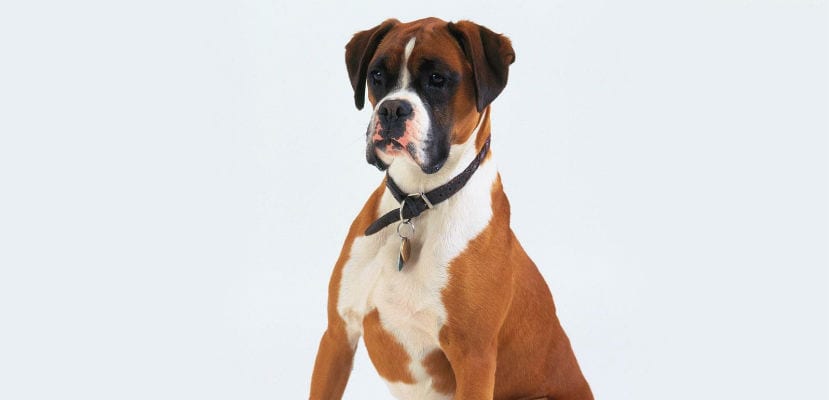
The race Boxer It was officially recognized in 1895, but its birth dates back to previous decades. However, the exact details about their predecessors are very confusing, although they are believed to have come from Germany and to be one of the many descendants of the dogs of the high valleys of Tibet.
The Germans divide the descendants of this breed into four others, depending on their geographical origin or their predisposition: Bullenbeisser (meaning "bull biter"), Brabanter (originally from Belgium), Baerenbeisser ("bear biter") and Daziger (from Poland). Of all of them, it is considered that the bullenbeisser It is the closest predecessor to what we know today as Boxer.
Already during the XNUMXth century, the butchers and brewers of the time used the Bullenbeisser as a defender of their herds and goods. However, with the passage of time it was not believed necessary to safeguard the breed, so the crosses began to take place. These led to a new, smaller breed, called Bierhunde or Bierboxer ("Dog of the cerveros").
In the late XNUMXs, a Bulldog breeder named Friedrich Robert he set out to recover the authentic Bullenbeisser, for which he paired a Bierboxer with several English Bulldogs. Among the puppies resulting from this crossing is Flocki, more similar to the current Boxer, which would be the first to be registered in the official "livestock book" of the breed.
Although the clubs Boxer existed in Germany since about 1895, the official breed standard it was not established until 1902. It would undergo modifications during subsequent years, among which the exclusion of totally white fur and the prohibition of amputating its ears since 1988 stands out.
On the other hand, breeds such as the Spanish Alano, the Tibet Mastiff or the Dogue de Bordeaux are also associated with the origins of the Boxer, which today remain uncertain.